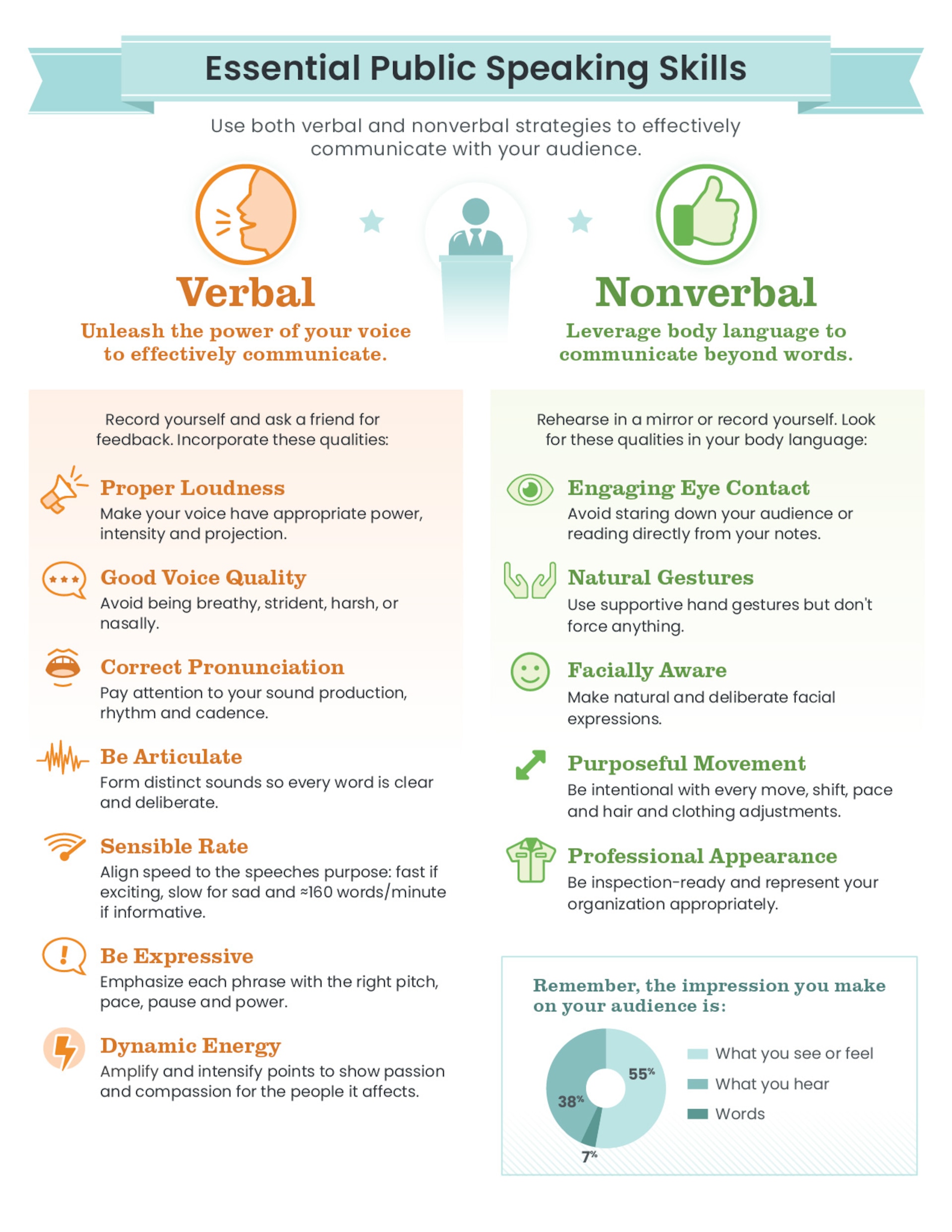Communication Skills for Business Leaders

Sharpening the Edge: A Guide to Improving Communication Skills for Business Leaders
Effective communication is the bedrock of any successful business. While many leaders understand this intellectually, few truly dedicate themselves to actively *improving* their communication skills. This post will delve into why strong communication is vital for leadership and provide actionable techniques across verbal, written, and non-verbal channels. It’s not just about talking; it’s about connecting, inspiring, and driving results through thoughtful and deliberate communication.
Why Communication Skills Matter More Than Ever
In today’s fast-paced business environment, clear and effective communication isn’t a ‘nice to have’; it’s an absolute necessity. Poor communication leads to misunderstandings, missed deadlines, decreased productivity, damaged team morale, and ultimately, lost revenue. For leaders specifically, the stakes are even higher. A leader’s ability to articulate vision, motivate teams, manage conflict, and build relationships directly impacts organizational performance.
Consider these scenarios: a confusing email leading to project delays, a poorly delivered presentation failing to secure vital investment, or a lack of active listening resulting in employee disengagement. These are all direct consequences of inadequate communication skills. Investing time and effort into honing your communication abilities is an investment in the overall health and success of your organization.
Mastering Verbal Communication: The Power of Words (and How You Use Them)
Verbal communication encompasses everything from formal presentations to casual conversations with team members. It’s about more than just speaking; it’s about clarity, conciseness, and connection. Here are some key techniques to improve your verbal prowess:
- Active Listening: This is arguably the most crucial element. Truly *listen* to understand, not just to respond. Pay attention to both verbal content and non-verbal cues (more on that later). Paraphrase what you hear to confirm understanding (“So, if I understand correctly, you’re saying…”). Ask clarifying questions.
- Clarity & Conciseness: Avoid jargon and technical terms your audience may not understand. Get straight to the point – respect people’s time. Use short sentences and paragraphs where possible. Practice the ‘elevator pitch’ – can you explain your idea clearly in a brief, compelling way?
- Vocal Delivery: Pay attention to your tone of voice, pace, and volume. A monotone delivery will quickly lose an audience. Vary your vocal inflection to emphasize key points. Practice speaking slowly and deliberately, especially when delivering important information. Enthusiasm is contagious!
- Storytelling: People remember stories far better than lists of facts. Weave narratives into your communication – use anecdotes, case studies, or personal experiences to illustrate your message and make it more relatable.
- Feedback Seeking: Regularly ask for feedback on your verbal communication style. Solicit input from colleagues, mentors, or even trusted friends. Be open to constructive criticism and actively work on areas for improvement.
The Art of Written Communication: Precision and Professionalism
In the digital age, written communication – emails, reports, memos, proposals – is ubiquitous. Poorly written communications reflect poorly on you and your organization. Here’s how to elevate your written skills:
- Know Your Audience: Tailor your language and tone to your audience. A formal report for the board of directors will require a different style than an email to a team member.
- Grammar & Proofreading are Essential: Errors in grammar and spelling erode credibility. Use grammar checkers, but don’t rely on them entirely – always proofread carefully yourself (and ideally, have someone else review your work).
- Structure & Organization: Use clear headings, subheadings, bullet points, and white space to make your writing easy to scan and digest. Start with a clear purpose statement outlining what the reader will gain from reading.
- Conciseness is Key: Just like in verbal communication, brevity is valued. Cut out unnecessary words and phrases. Get to the point quickly.
- Email Etiquette Matters: Use clear subject lines that accurately reflect the content of your email. Respond promptly (within 24 hours). Avoid using all caps or excessive exclamation points. Proofread *every* email before sending it.
Decoding Non-Verbal Communication: The Silent Language
Non-verbal communication, often referred to as ‘body language,’ accounts for a significant portion of how your message is received (estimates range from 60% to 93%). Being aware of both your own and others’ non-verbal cues is crucial for effective leadership.
- Body Posture: Stand tall, maintain eye contact, and use open body language. Avoid crossing your arms or hunching over – these can signal defensiveness or disinterest.
- Facial Expressions: Be mindful of your facial expressions. A genuine smile goes a long way in building rapport. Avoid frowning or looking bored.
- Eye Contact: Maintaining appropriate eye contact shows engagement and sincerity. However, avoid staring intensely – this can be perceived as intimidating.
- Gestures: Use gestures purposefully to emphasize your points. Avoid fidgeting or distracting movements.
- Active Listening Cues: Nodding, leaning in slightly, and making affirming sounds (“uh-huh,” “yes”) show that you are engaged and understanding.
- Observe Others’ Non-Verbal Cues: Pay attention to the body language of those you’re communicating with. Are they engaged? Confused? Disagreeing? Adjust your approach accordingly.
Putting it All Together: Continuous Improvement
Improving communication skills is not a one-time effort; it’s an ongoing process. Regularly assess your strengths and weaknesses, seek feedback, and actively practice the techniques outlined above. Consider joining a public speaking group like Toastmasters or taking a communication workshop. The most effective leaders are those who continually strive to improve their ability to connect with others through clear, compelling, and empathetic communication.
By focusing on these three pillars—verbal, written, and non-verbal communication—business leaders can create stronger teams, build better relationships, and drive greater success for themselves and their organizations.




